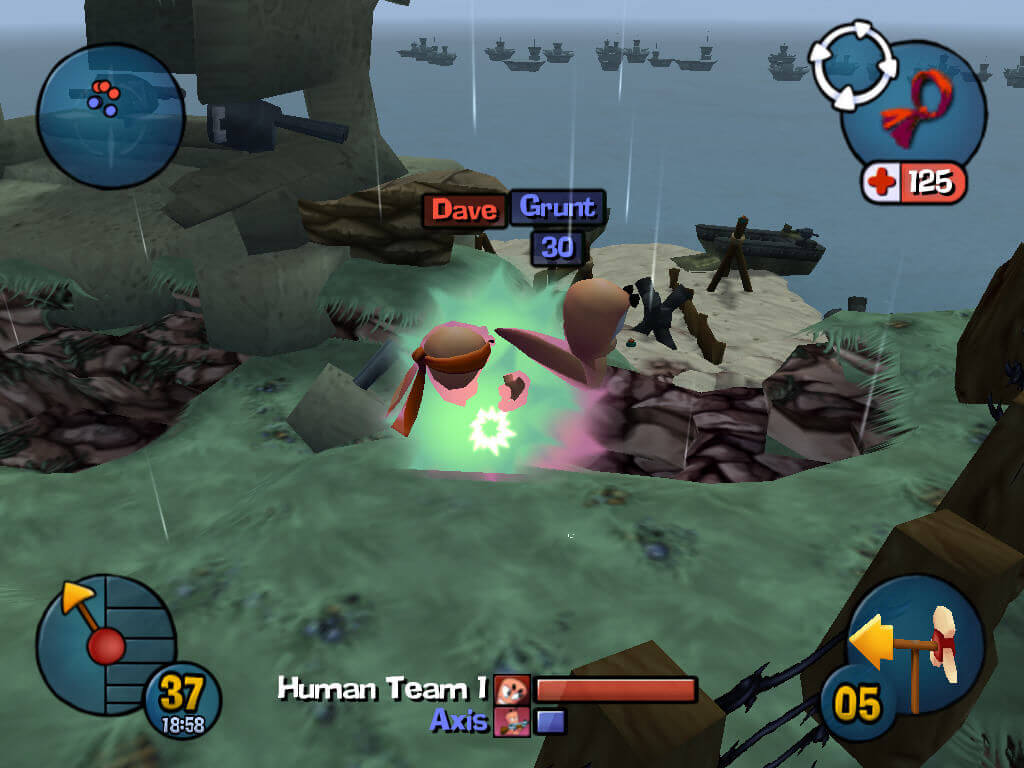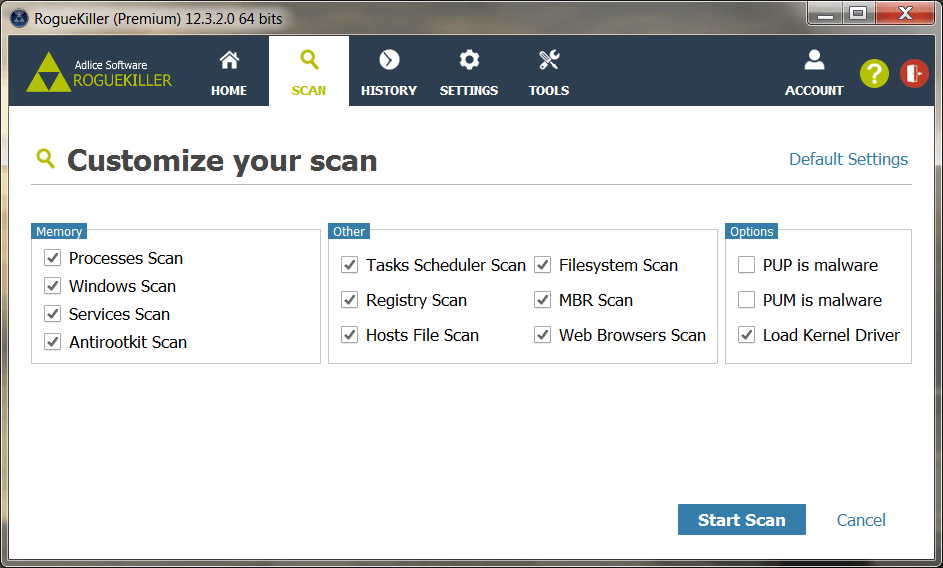
Host-based detection systems detect worms by monitoring, collecting, and analyzing worm behavior on end hosts. The most important part of worm defense, worm detection, can be generally classified into two categories: host-based detection and network-based detection.
For an adversary, super-botnets would also be extremely versatile and resistant to the defense.ĭue to the massive damage caused by worms, many research efforts have focused on developing the effective defense methods to model, detect, and respond to them. Researchers also showed the possibility of “super-botnets,” networks of independent botnets that can be coordinated for attacks of unprecedented scale. There was also evidence showing that infected computers are being rented out as “botnets” for creating an entire black market industry for renting, trading, and managing “owned” computers, leading to economic incentives for attackers.
Worms 3d cd2 software#
These botnets can be used to: (i) launch the massive distributed denial-of-service ( DDoS) attack and other attacks that disrupt the Internet utilities and our cyber-physical infrastructure (e.g., worms such as Stuxnet can harm more than computers such as industrial SCADA systems), (ii) access confidential information that can be misused through large-scale traffic sniffing, key logging, identity theft, etc., (iii) destroy data that have a high monetary value, and (iv) distribute large-scale unsolicited advertisement e-mails (as spam) or software (as malware). Recent study shows that worms have been used to infect a large number of computers and recruit them as bots or zombies, which are networked together to form botnets. As we can see, worm propagation can cause significant damage to our cyber-physical infrastructure.
Worms 3d cd2 password#
Moreover, owners of these SCADA systems cannot change the default password because it would cause the software to break down. This worm can upload plant info (schematics and production information) to an external website. In particular, this worm targets Siemens WinCC SCADA systems: used to control production at industrial plants such as oil rigs, refineries, electronics production, and so on.

Worms 3d cd2 windows#
In September 2010, “Stuxnet” worm was able to exploit a Microsoft Windows vulnerability to break into power grid control systems.

For example, the Slammer worm penetrated a private computer network at Ohio's Davis-Besse nuclear power plant in January 2002 and disabled a safety monitoring system for nearly 5 h, despite a belief by plant personnel that the network was protected by a firewall, SecurityFocus has learned. In the past, the worm demonstrated itself to be a dangerous attacking tool, able to disrupt the cyber-physical infrastructure. Hence, the infrastructure can be a potential target to the worm. Those cyber-physical infrastructure systems are commonly relying on computing devices connected via cyber space. As we can see, attacks caused by worm propagation are increasing and there is no apparent end in sight.Ĭyber-physical infrastructure, including the power grid system, transportation system, and others is a complex system on which our daily life depends. In March 2004, “Witty” and “Sasser” worms infected many hosts in a short time and rendered them unusable. In January 2003, the “Slammer” worm-infected nearly 75,000 Microsoft SQL servers in less than 10 min and consequently caused large-scale disruptions in production systems world-wide. For example, the “Code-Red” worm took advantage of a buffer overflow vulnerability on the index server of Microsoft IIS 4.0/5.0 to infect more than 350,000 computers on the Internet in less than 14 h, and caused more than $1.2 billion dollars of damages. Many real-world worms have caused notable damage in cyber space. The propagation of the worm is based on exploiting vulnerabilities of computers on the Internet.

Worm refers to a malicious software program that propagates itself on the network to infect other computers. Brian Rivera, in Handbook on Securing Cyber-Physical Critical Infrastructure, 2012 4.1 Introduction


 0 kommentar(er)
0 kommentar(er)
